On April 15, 2023 with the shutdown of Germany‘s last three nuclear power plants, the era of nuclear power came to an end. In the last year of operation, nuclear power accounted for only 1.5 percent of net public electricity generation.
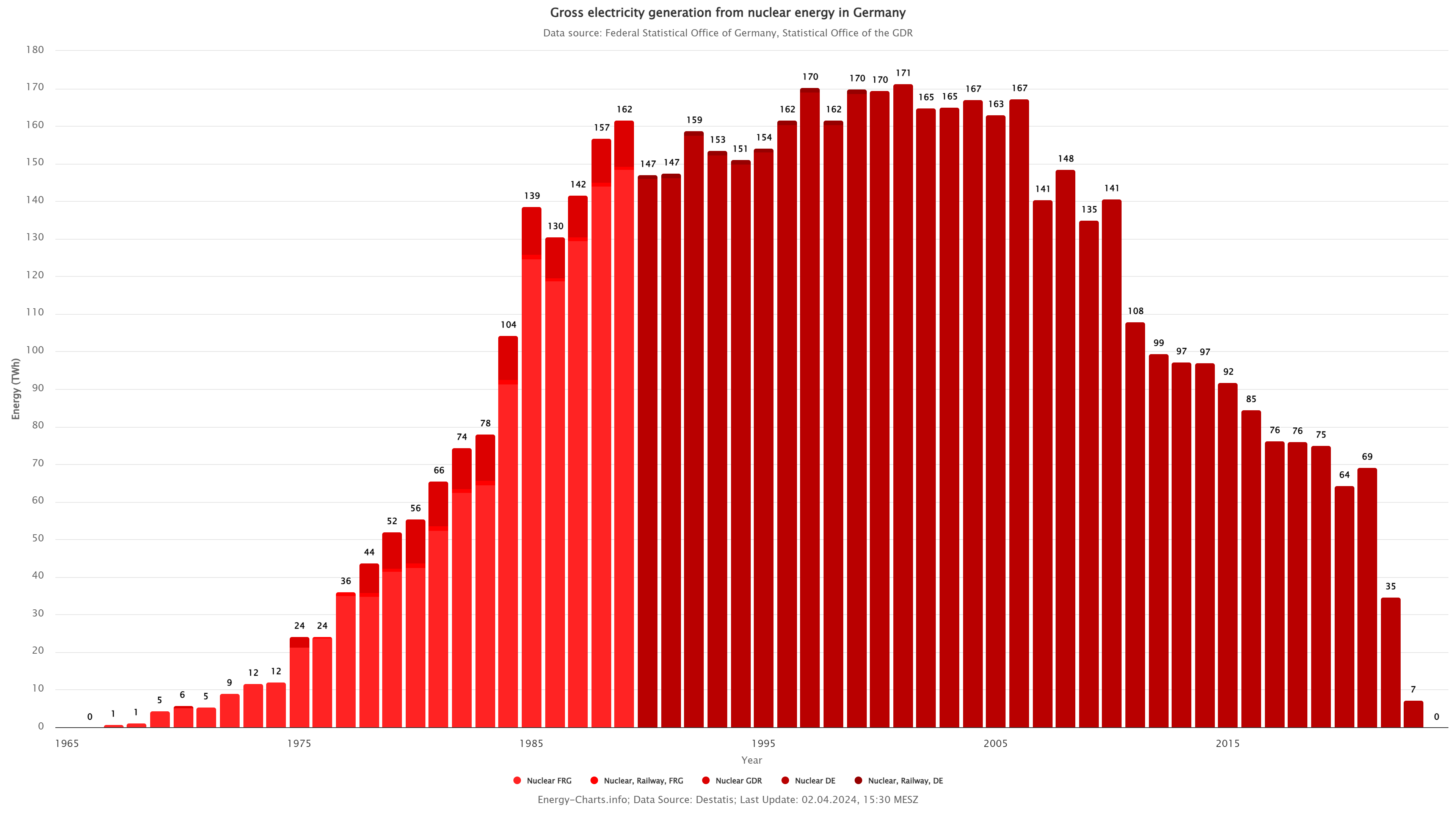
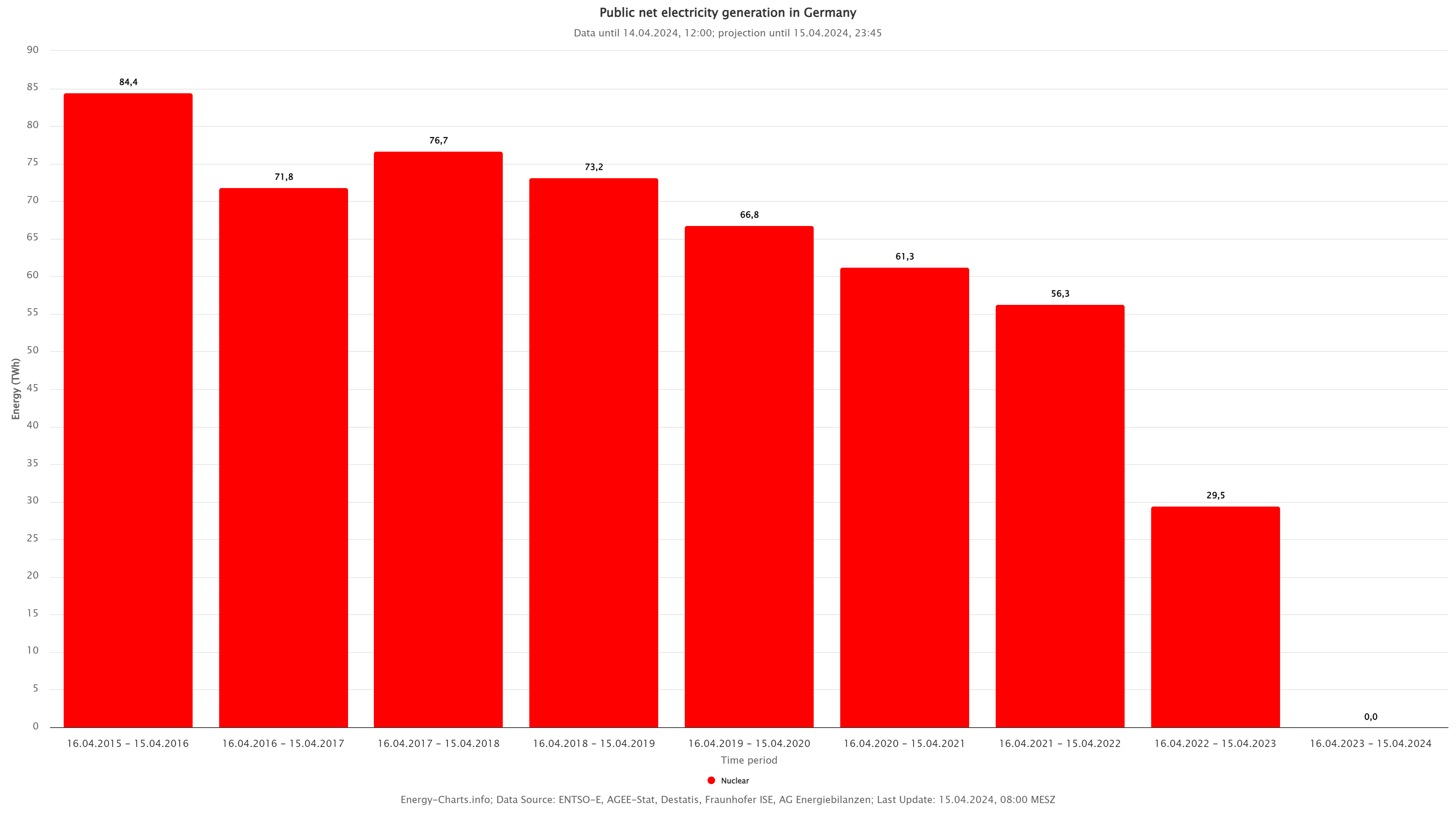
Even after their shutdown, nuclear power plants continue to be a subject of debate in Germany. For example, in summer 2023 one tabloid newspaper ran the headline that Germany had become an “electricity beggar” in the face of increased electricity imports. Also, it is often claimed that nuclear power has been replaced by coal, making Germany’s electricity mix more CO2 -intensive than before.
But what is the truth behind these claims? The founder of the Energy Charts data platform, Prof. Bruno Burger, uses electricity market data to show the impact of the nuclear phase-out today. Raw data from a dozen reliable sources is retrieved hourly or daily for the platform and then prepared so that it can be shown in an interactive graphical presentation. The website’s aim is to contribute a factual basis in order to promote transparency and objectivity in the discussions on the energy transition.
Has Germany become an “electricity beggar” because electricity imports have increased?
Energy imports increased in 2023, although Germany had sufficient power plant capacity to supply itself at all times. In Germany around 75 GW of load, the sum of the electricity consumption and grid losses, is offset by around 90 GW of non-fluctuating generation capacity, in addition to the renewable energy generators of solar (approx. 85 GW) and wind (approx. 70 GW) as well as hydro pumped storage (approx. 9.5 GW).
The reason for the higher imports is not due to a lack of generating capacity, but rather to the electricity prices on the exchange, which have recently fallen significantly. In summer 2023, renewable power plants in the Alps and in Denmark, Norway and Sweden generated cheap electricity, making German coal-fired power plants uncompetitive. In addition, many nuclear power plants in France were reconnected to the grid in the summer following the outages in 2022, while at the same time electricity consumption in France was low.
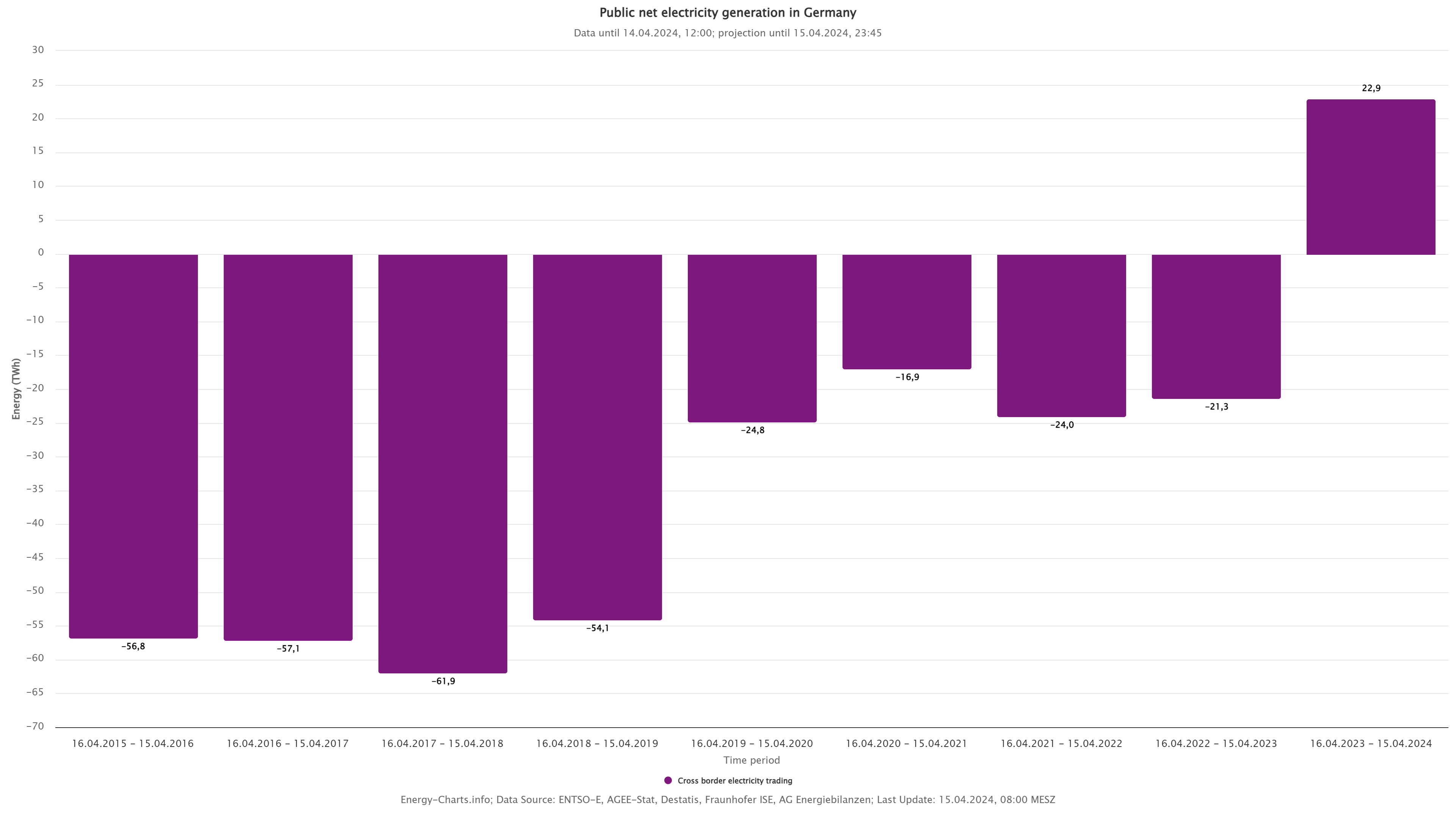
Has the use of coal, oil or gas and thus CO2 emissions increased after the nuclear phase-out?
The use of fossil fuels to generate electricity in Germany has not increased but rather it has fallen significantly. In 2023, it was at its lowest level since 1965. A total of around 155 TWh electricity were generated collectively from coal, natural gas, oil and non-renewable waste between April 16, 2023, and April 15, 2024. This total is significantly lower than in previous years.
The electricity generation gap was filled by various courses of action such as more generation from renewables, electricity saving measures, PV plants for self-consumption, and energy imports.

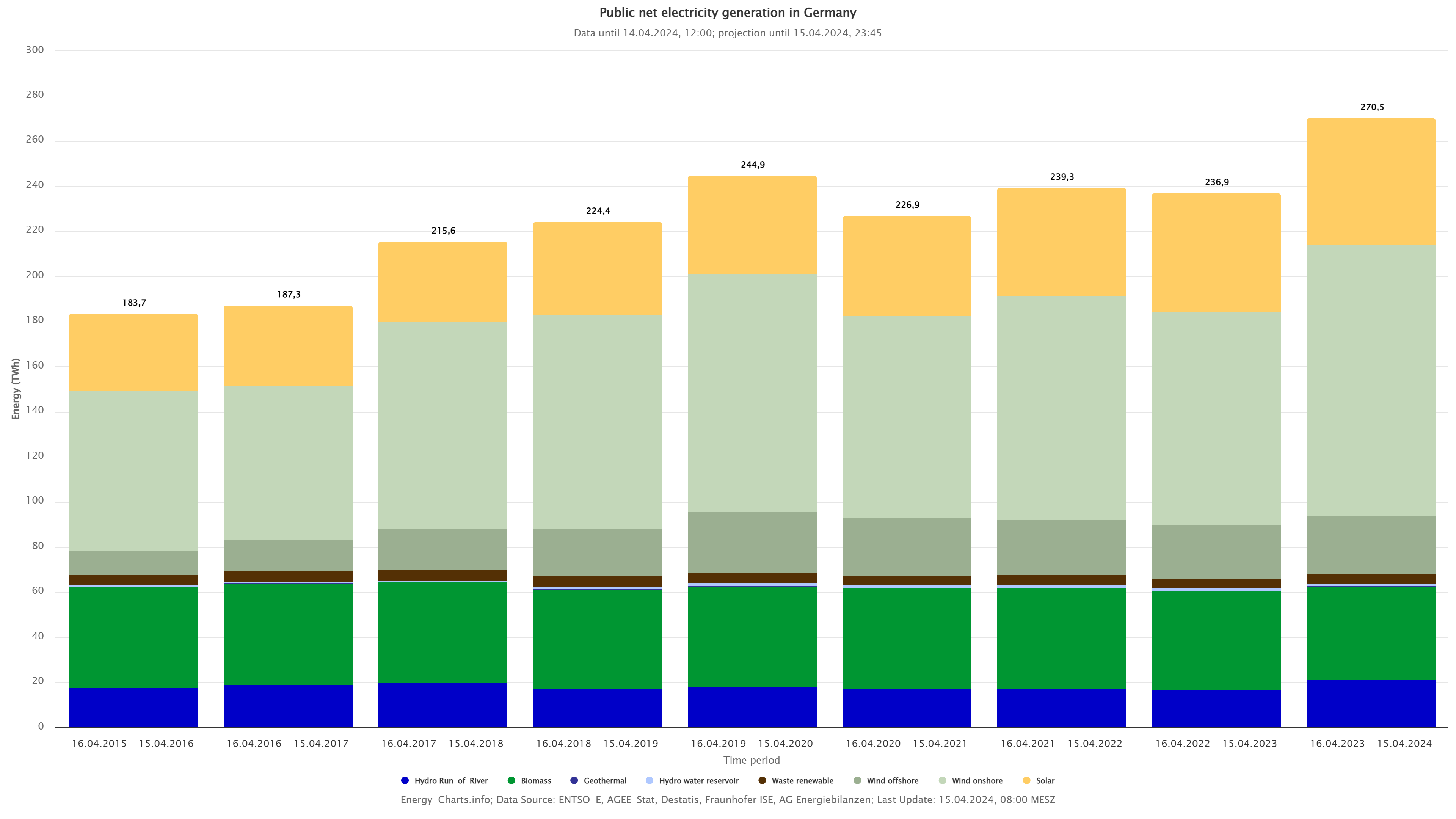
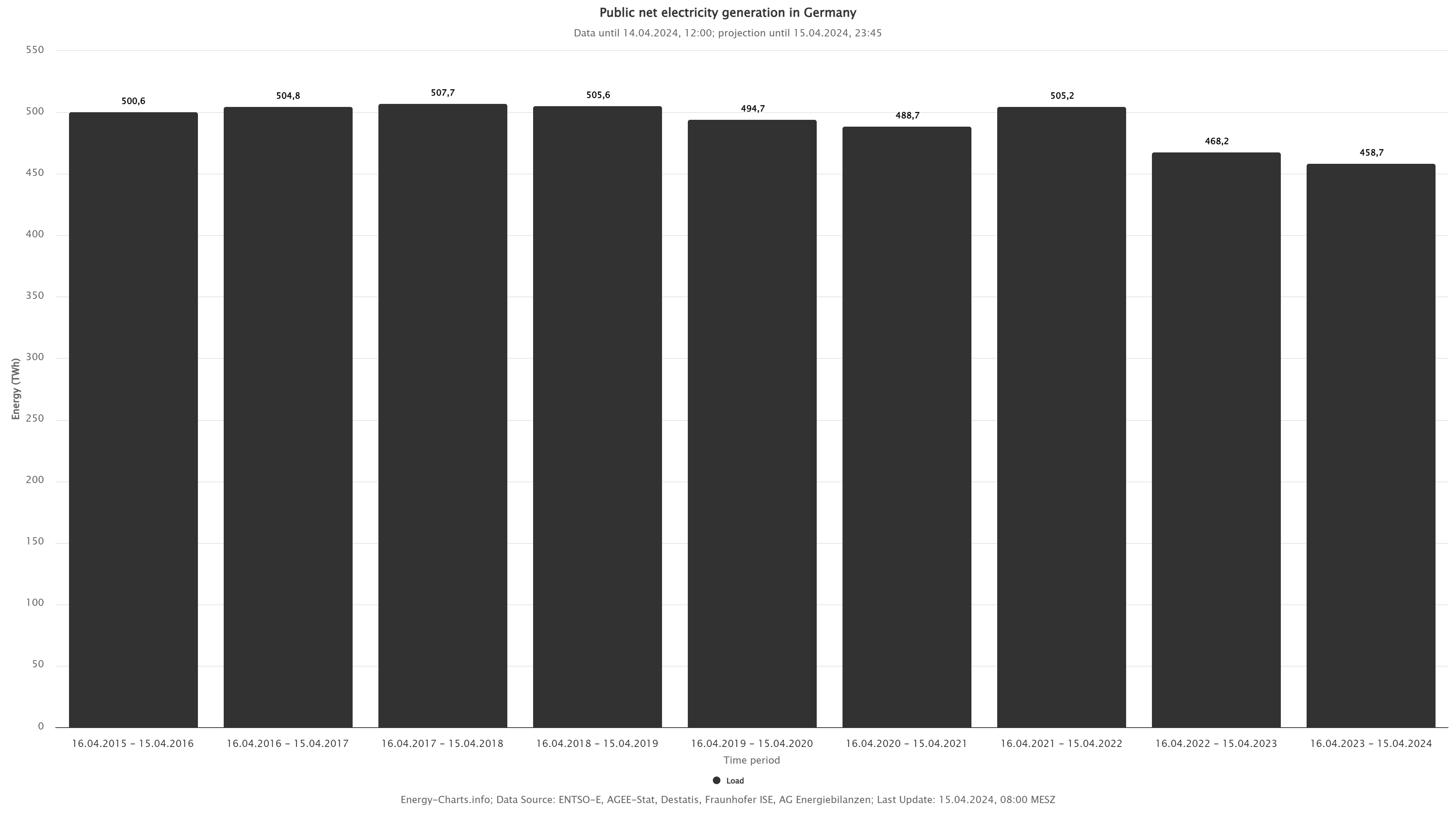
How has the shutdown affected the development of electricity prices?
Electricity prices on the exchange (day-ahead) are at the level of June 2021, i.e., lower than before the war in Ukraine.
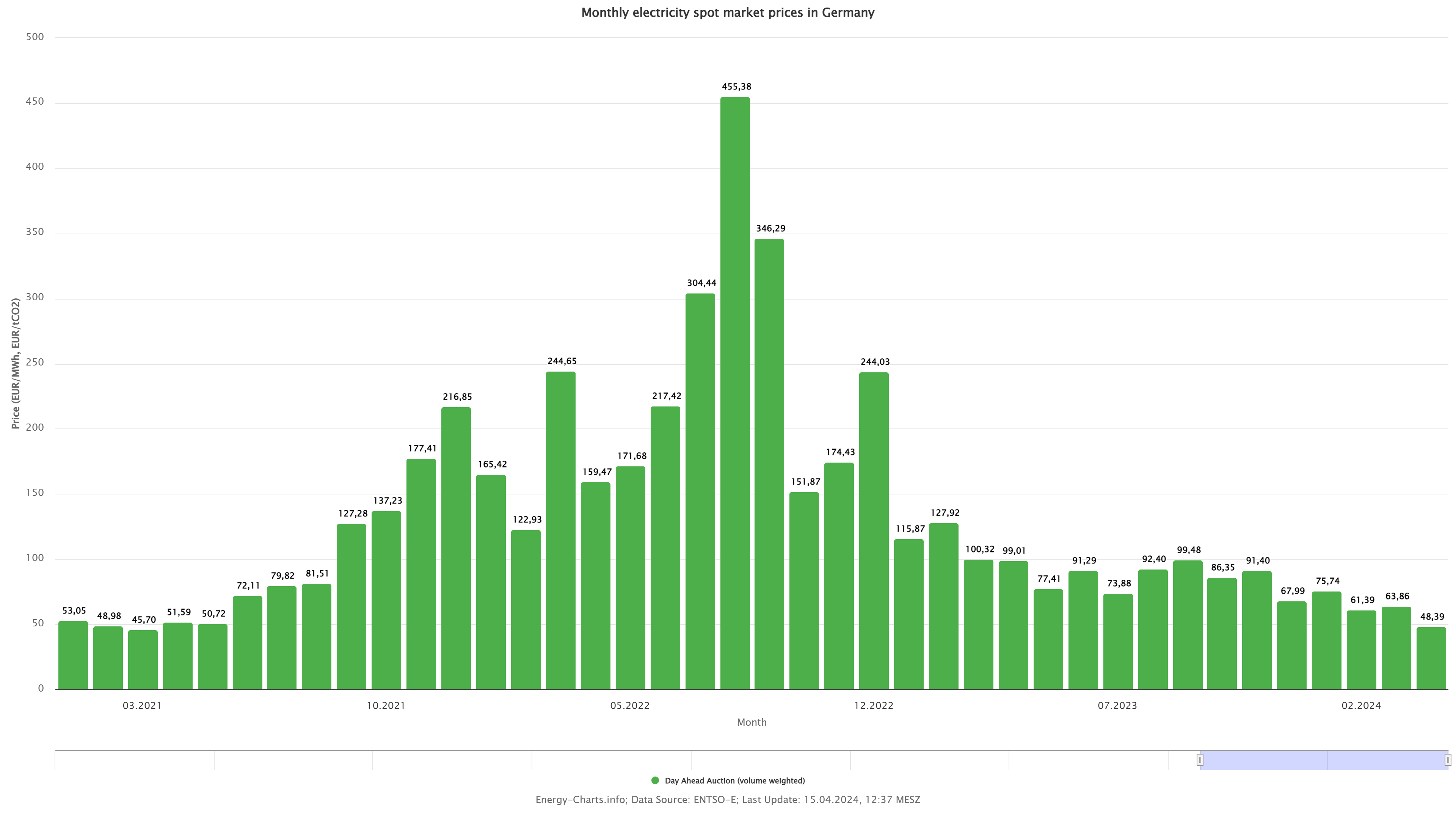
Household electricity prices have also recovered and are at the same level as on June 4, 2021, for new customers.
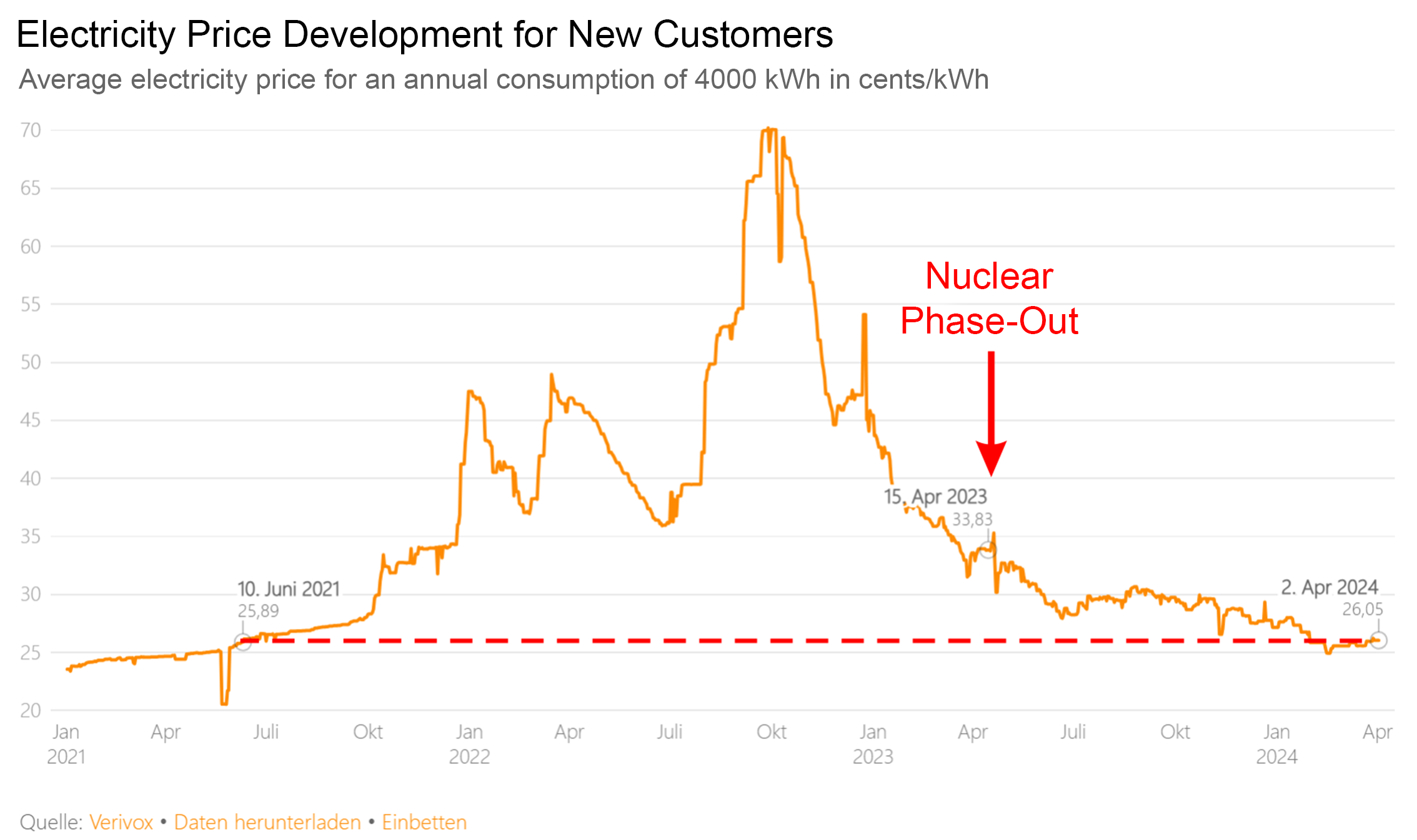
The analysis covering the period from mid-April 2023 to mid-April 2024 shows that the loss of nuclear power in Germany could be well compensated. Contrary to claims, the increase in import was not due to a lack of generation capacity in Germany, but to the favorable generation prices of renewable power plants in the Alps and Scandinavia.




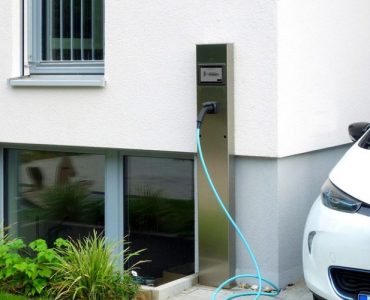
Add comment